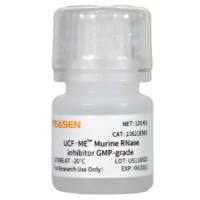Murine Bone Marrow-Derived Macrophages
互联网
互联网
相关产品推荐

Recombinant-Human-Solute-carrier-family-25-member-33SLC25A33Solute carrier family 25 member 33 Alternative name(s): Bone marrow stromal cell mitochondrial carrier protein; BMSC-MCP; HuBMSC-MCP Protein PNC1
¥11634

UCF.ME 鼠源RNase抑制剂(Murine RNase inhibitor) GMP级别
¥1398

Recombinant-Human-Interferon-induced-transmembrane-protein-5IFITM5Interferon-induced transmembrane protein 5 Alternative name(s): Bone-restricted interferon-induced transmembrane protein-like protein; BRIL
¥9954

ELANE/ELANE蛋白Recombinant Human Neutrophil elastase (ELANE)重组蛋白Bone marrow serine protease;Elastase-2;Human leukocyte elastase ;HLEMedullasin;PMN elastase蛋白
¥1344

ELANE/ELANE蛋白Recombinant Human Neutrophil elastase (ELANE), Biotinylated重组蛋白Bone marrow serine protease Elastase-2 Human leukocyte elastase Medullasin PMN elastase蛋白
¥2340

